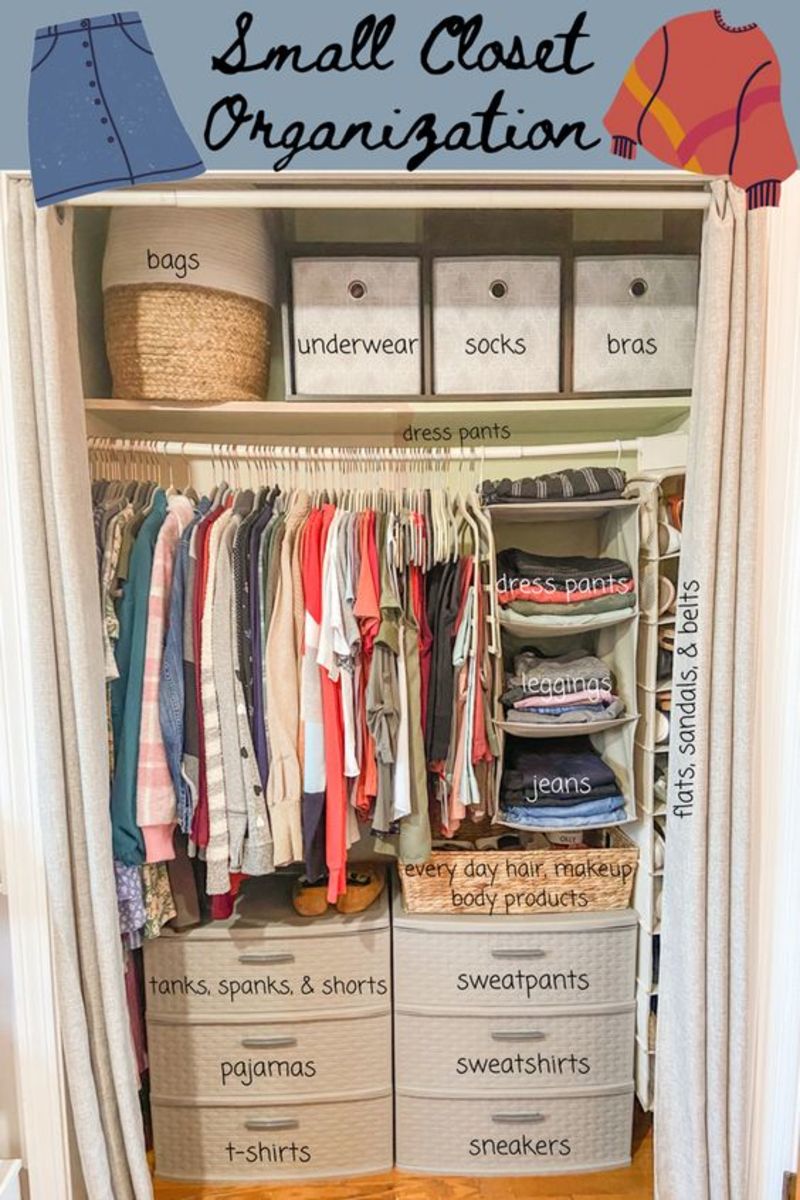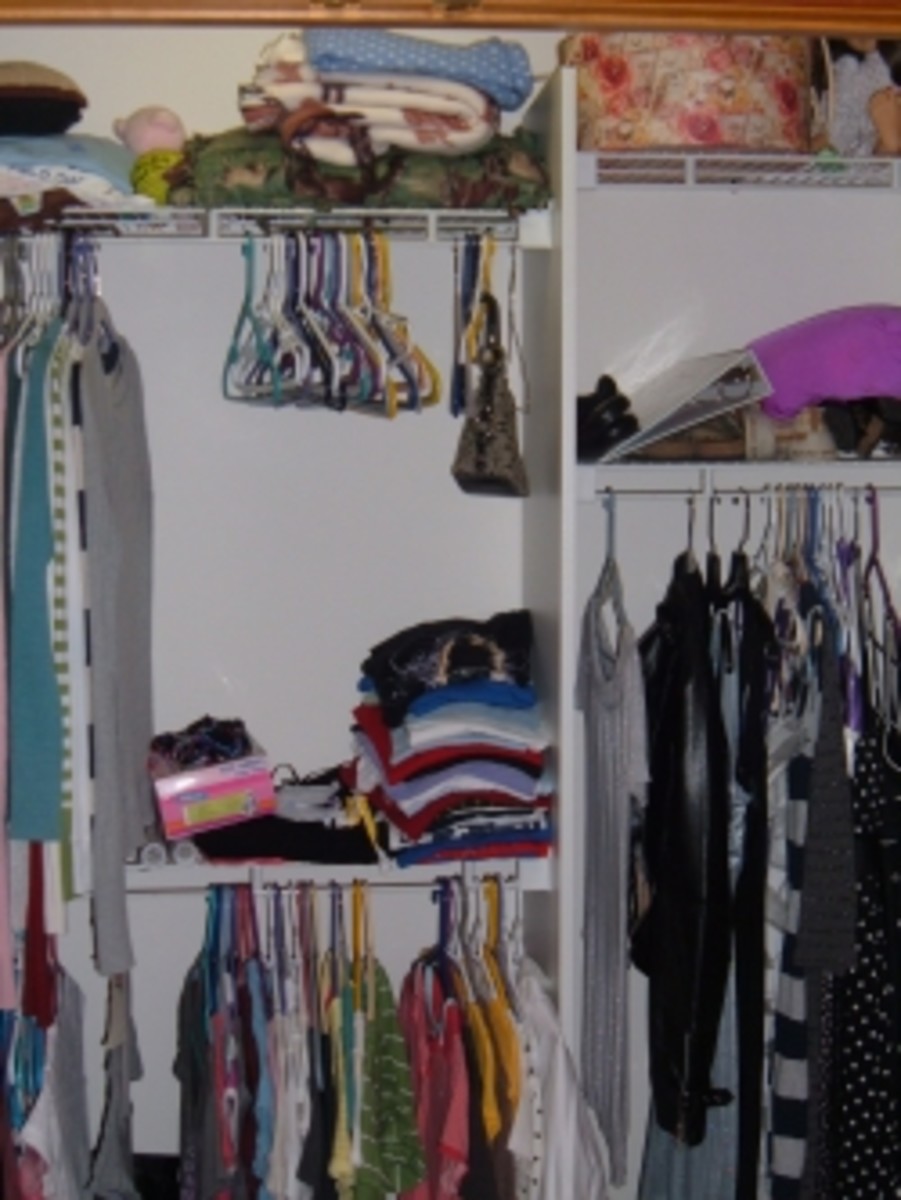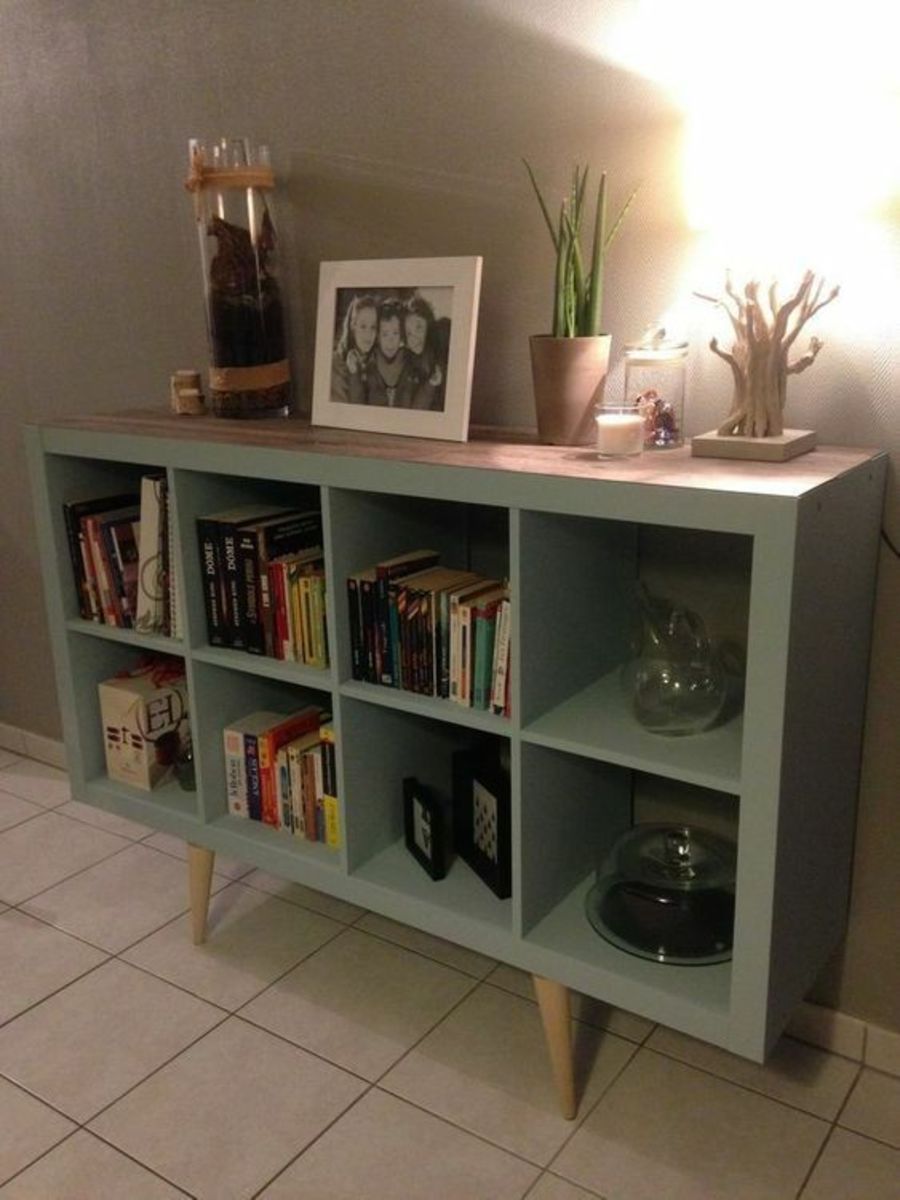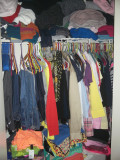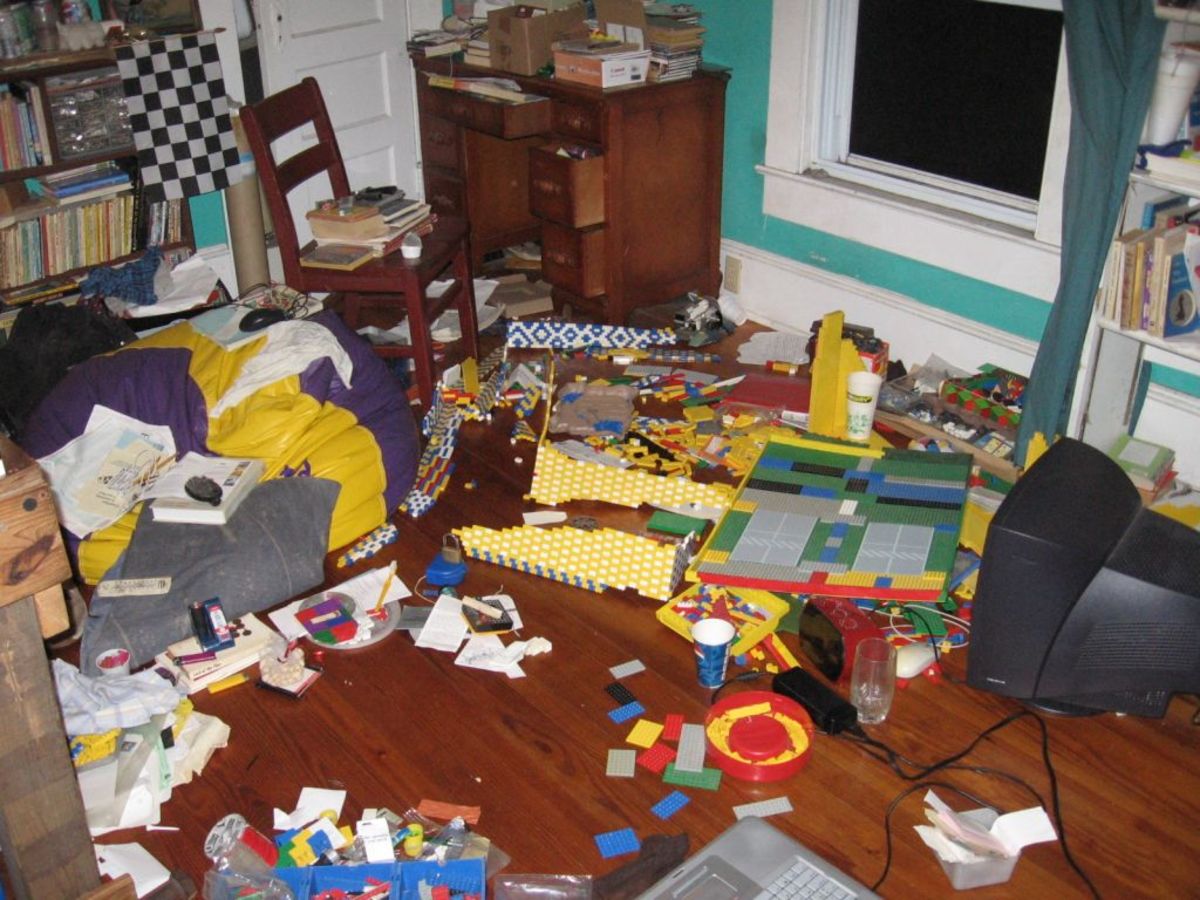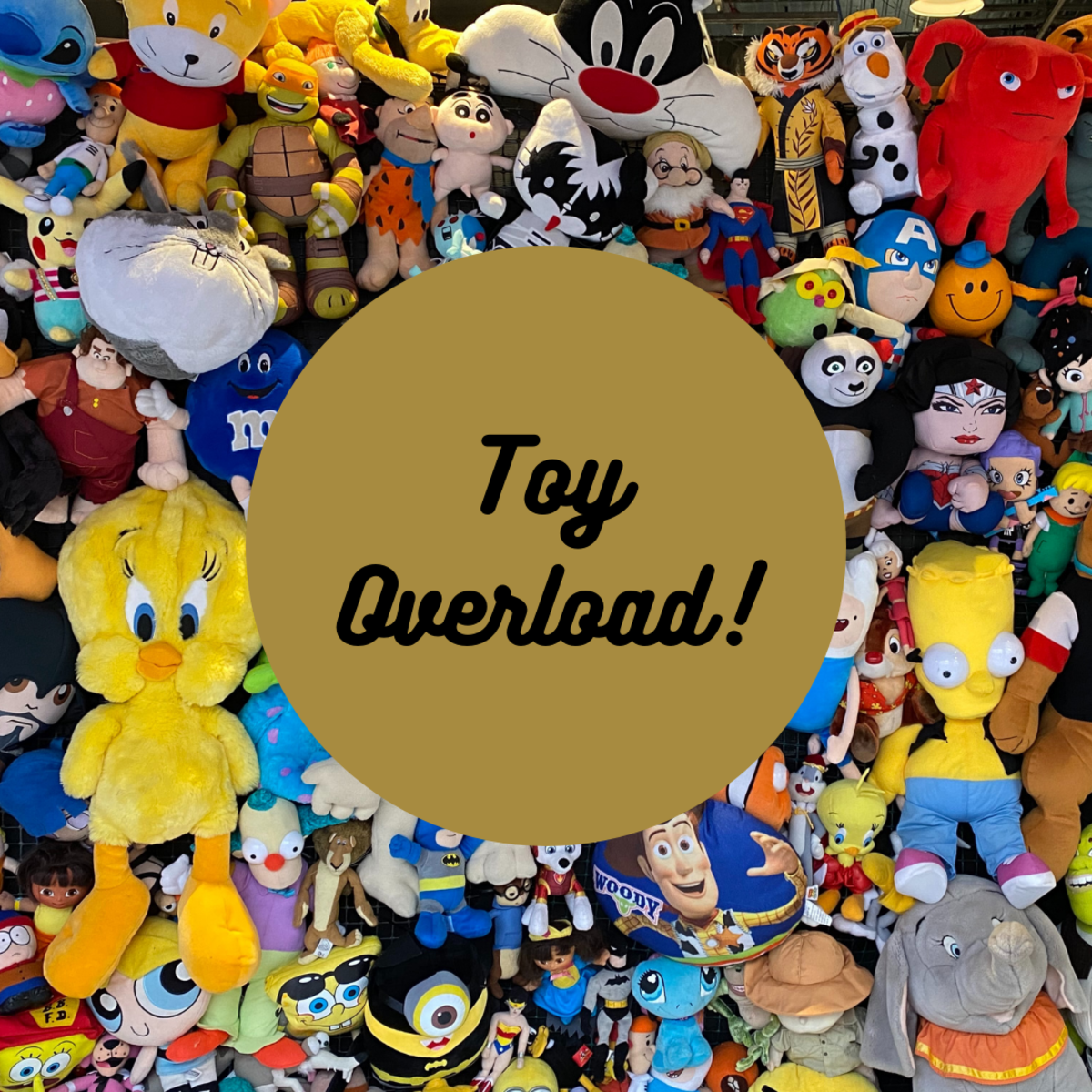How to Keep Your Home Organized
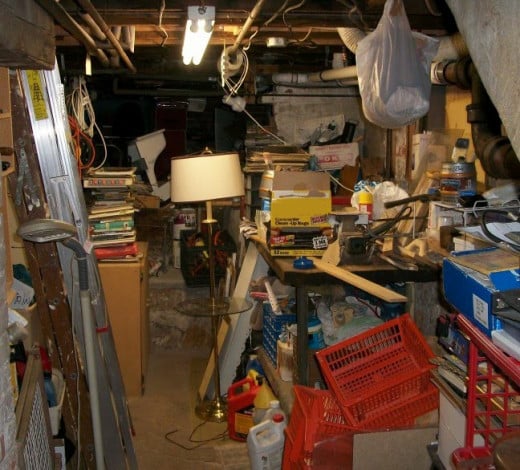
One of the most common goals people have is to get and stay more organized. However, it tends to be a difficult task to keep up with, or to get going in the first place.
Stay Organized
Keeping your home organized goes beyond picking up new shelves, drawers or closet organizers. Keeping your home orderly actually depends on a larger system. There are four primary elements to practicing effective organizational methods.
- Accessibility
The easier it is to reach what you use the most often, the easier it is to maintain the system from day to day. - Grouping
When you group like things with like things, they’re easier to find and easier to keep track of when you put them back. - Prioritizing
By this, I mean figuring out what materials you use the most and keep them at the front of the drawer, cabinet or closet. Again, this makes it easier to grab in the first place and put away again when you’re done with it. - Flexibility
Our homes reflect our lives. Because our lives change, our homes do, as well. The easiest way to make the transition is to keep your daily routines and household flexible enough to adapt to these inevitable changes.
Get Rid of Kitchen Clutter
The kitchen is used every single day and can be especially difficult to keep orderly. However, if you take a minute to reflect on how you use different things within the kitchen, you’ll see that a system begins to emerge on its own.
Think about your spice rack or cabinet. If you put cinnamon in your oatmeal in the morning, and enjoy using spices like basil or parsley for other meals, odds are, they’re in front of your other spices, right?
This has the makings of a system in and of itself. Naturally, what you use the most migrates to the front, because it’s easier to set it back on the self instead of sifting through everything else on there.
This goes with other foodstuffs and cooking tools. When organizing your cabinets, think about what’s used most often and determine the rest around that. Remember, the more convenient the system is for you, the more likely you are to maintain it.
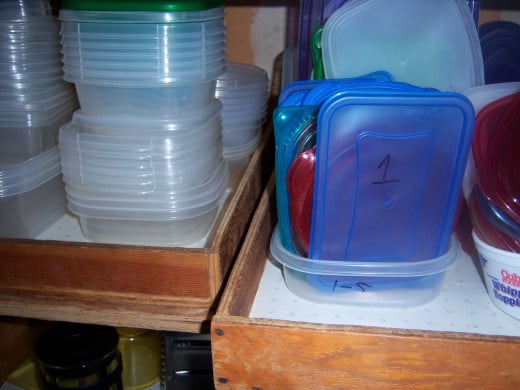
Plastic reusable storage containers, like the ones made by Tupperware or Rubbermaid, also pose a problem. Our cabinet used to be overflowing with them, and I always had a hard time matching lids to container when the time to put leftovers away came.
After 9 years of marriage and 2 of engagement, we had managed to amass quite a collection.
One day, I finally got sick of the difficulty and just went through the cabinet. I matched up the lids and containers, set the misfits aside, and numbered the corresponding lids and containers.
Then, I used some of the containers that didn’t have lids anymore to store the lids in, and wrote number ranges on them.
So far, that’s been working wonderfully for me. They’re easy to put away, and easy to match up again.
Incidentally, we have 24 different types of storage containers.
Other helpful tools include:
- Dishtowel hangers which hook on cabinet doors
- Glider shelves which can easily be made or bought, then installed in cabinets
- A bookcase to store cook books, recipe binders and miscellaneous things that would otherwise be cluttering the counter space
How to Organize Your Bathroom
The other most commonly used room of the house is the bathroom. Unless your home is blessed with a large bathroom with lots of storage, it becomes tricky to keep uncluttered.
Our bathroom has zero by way of storage space. We have a pretty pedestal sink, and a tub/shower unit with minimal shelving. It may look pretty nice, but there’s no way we would be able to store everything we need to on the little corners for soap on the sink and the rim of the tub.
Thankfully, we already hand an over the toilet shelving unit, and were able to pick up a freestanding tower of wire shelving. The shelving fit perfectly in the corner by the sink, and the other shelving unit fits over the tank of all average sized toilet tanks.
In addition to that, we came across an assortment of containers in which to keep toothbrush heads, deodorant and the like. Although they don’t match perfectly, I’ve always been fond of the eclectic, mismatched look.
Excellent Idea For Vanity Organizing
However, if you go to any store with a bathroom section, you’ll find matching sets of containers and soap dispensers. The internet and thrift stores are also great options.
There we have it! Lots of storage space for toiletries, both used every day and those which are more rarely used. It was all very affordable, too.
Vanities are great, and when we remodel our bathroom, we’ll be installing one with drawers.
Other bathroom tips include:
- If you’re handy with a drill, install hooks in your shower off of which to hang extra caddies and on the walls for towels.
- Those same glider shelves mentioned above also work well in vanities without drawers.
- Many bathroom doors already have a hook off of which to hang things, but there are organizers available which hang off of the back of the door.
Ideas for Organizing Shoes
Closet Cleaning
Out of sight, out of mind, right? That’s the danger closets pose. It’s very tempting to just toss stuff in the closet to be organized “later”. One part of cleaning the closet it is getting rid of what you don’t need, but the bigger part is putting what you keep in order.
There are closet organizers available for almost any closet, but there’s no need to spend money on the expensive ones if you don’t have it to spare.
Shoes and small things like extra toiletries or OTC medications are the biggest organizing challenge for my husband and me.
Since we don’t have a medicine cabinet, we keep our extra store on a shelf of our linen closet. It’s easy to get them jumbled together, but I’ve found that dedicating a set area to each type of product helps.
We have an old tackle-box to keep things like ace bandages, instant ice packs and thermometers in. It’s easy to pull out and grab what we need when we need it. Otherwise, I used more of those mismatched Tupperware containers for smaller pill bottles, spare toothpaste and toothbrushes.
Because we camp at least once or twice in the summer, I have a small, pre-packed bag with necessary travel-sized toiletries. It helps keep clutter to a minimum, and ensures I forget fewer things, provided I remember to grab it.
A problem that many people face is keeping their shoes from becoming a jumbled mess. There are many shoe organizers available on the market, but there are also several tutorials out there to make your own.
I intend to make my own over the door shoe organizer one of these days.
Other helpful closet storage tools are:
- DIY shelving
- Hooks for handbags, robes or belts
- Over the door organizers for shoes, jewelry and other smaller accessories
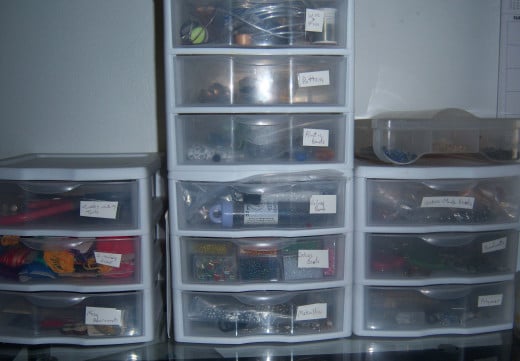
Ways to Organize Your Office
I suppose this also applies to craft rooms, paperwork storage and other stationary storage.
How you organize this part of your home is heavily dependant on how you think. For many people, drawers and filing cabinets work wonders. However, we visual thinkers tend to have a very hard time with those methods.
Instead, I’ve taken to using clear plastic drawers and labeling them clearly. Generally, if something is out of sight, I have no hope of finding it without a prolonged, frustrating search.
Since I make jewelry, sew and knit in addition to writing, I had to take all three factors into account when putting together my office/craft room.
In addition to the drawers on my desk which hold the little doo dads for jewelry, I have larger drawers in which I store binders full of research I’ve already done on various projects, blank pads of paper for art, blank journals, and empty lined notebooks and loose leaf paper.
I keep most of my spare fabric in a chest by my sewing cabinet, in which I also store patterns and things like zippers, needles, pins and the like.
I keep my yarn in a cabinet right next to the area I keep my knitting needles and crochet hooks.
As for paperwork, I do have a filing cabinet in our bedroom to keep long term files, but a smaller file carrier for paperwork I add to regularly or need to access on a regular basis.
Some more handy tips for office organization are as follows:
- Bookcases are great at expanding storage space
- Maximize your wall space with lightweight shelving units and shadow boxes
- Extra mugs and some candle holders can be used for spare pens and pencils
- Top Five Things to do With Old Jeans
Wondering what to do with those ripped up jeans? Give these ideas a try!
Good Habits to Get Into
These tips have helped me out greatly, and as I continue to work on organizing my life, more will float to the surface. However, the true key to staying organized is to get in a few good habits.
- Donate and Repurpose
Part of the problem with getting organized is the sheer collection of stuff that tends to accumulate. I’ve found that going through the house a few times a year and putting bags and boxes together for donation helps keep a good balance of staying prepared without getting cluttered.
A lot of what I come across isn’t in great shape, or the donation places wouldn’t take them for one reason or another. With a little creativity, you can turn things like old jeans into new items, or use books that are too damaged to make keep sakes. - Shopping
This is a tough one for a lot of people, but buying only what you need and resisting the urge to take advantage of that great new sale is a huge factor to staying organized. - Cleaning Days
I personally hate cleaning, but when you establish a schedule of some sort to stick by, it’s not quite as daunting. Doing a few chores every day will keep them from building up, and make the task of staying organized easier.
Establish a few days per year to go through things like old cosmetics, over the counter medications and spices. If they’re over their expiration dates, toss them.
The general rule of thumb for cosmetics is to toss them if they’re a year old. This is especially important for eye makeup, because germs thrive in the chemicals making up mascara and eye shadow. - One Room at a Time
Instead of trying to tackle the entire house at once, go room by room until you’re done. If you’re just getting started, dedicate big chunks of time to each room, and concentrate on that space exclusively.
Also, although this method has worked well for me so far, different things work for different people. Experimenting with different tools and methods is a great way to find what works for you.



